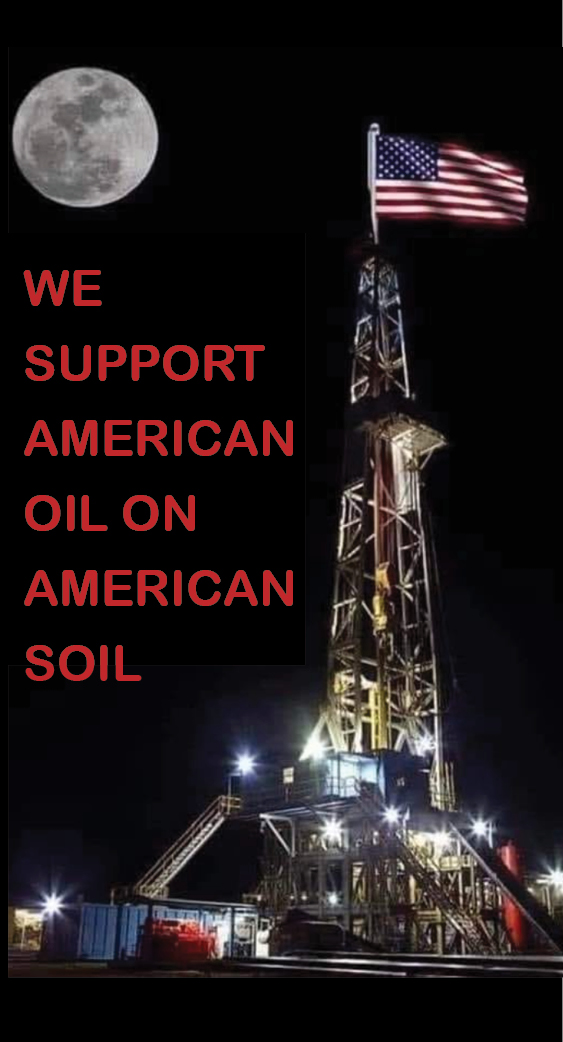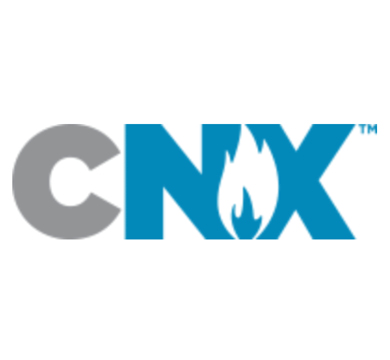ANWR Will Contribute Considerably to America’s Energy Renaissance
BP this month announced the discovery of 1 billion barrels of crude oil in the Gulf of Mexico, off the Louisiana coast. As large as it is, that find pales in comparison to the estimated 5 billion to 16 billion barrels of “Texas Tea” located in Alaska’s Arctic National Wildlife Refuge, or ANWR, which President Trump unlocked for energy exploration after Congress authorized his plan in the 2017 Tax Cuts and Jobs Act.
Those who oppose developing Alaskan oil reserves may forget that it was President Jimmy Carter who first supported the idea of opening ANWR’s coastal plain to energy development. He did so as a way of dealing with the “crisis” Washington’s price-control policies had created at the nation’s gas pumps: long lines, limits on the number of gallons motorists could buy on any given day, and other disruptive rationing schemes.
By 2005, nearly 25 years after Carter left office, imported oil still accounted for more than 60 percent of domestic oil consumption. U.S. oil production has boomed in the decades since. Today, oil imports account for less than 20 percent of U.S. consumption, a percentage that continues to fall.
What’s changed? For one thing, the global oil cartel is losing its grip on the world market. On New Year’s Day, Qatar said it would leave OPEC and make production decisions independently. Meanwhile, the state-owned oil sector of OPEC member Venezuela, called the Saudi Arabia of Latin America, is paralyzed under its socialist government, reducing OPEC’s overall market share.
Oil production at Prudhoe Bay on Alaska’s North Slope, together with construction of the Trans-Alaska Pipeline System (which was built following the 1973 oil crisis) played a key part in America’s recent energy boom. Before oil development began on the North Slope, conservationists warned that exploration, drilling, and building the 800-mile pipeline would irreparably harm the Porcupine caribou herd and cause serious environmental damage to the region’s permafrost. In the four decades since the pipeline was completed, however, it has safely carried more than 17 billion barrels of oil to the port of Valdez in southern Alaska, providing important lessons for the neighboring ANWR region.
Prudhoe Bay and 18 other oilfields on the North Slope now are home to more than 3,800 exploratory and producing wells, 170 drill pads and other oil and gas facilities. Over the years, producers implemented practices and safety standards to protect the permafrost and wildlife — and they succeeded.
The upshot is that subsurface drilling on the North Slope has increased by 4,000 percent since the 1970s, during which time the Porcupine caribou herd has expanded more than sevenfold.
Drilling in ANWR oilfields, whose potential has few rivals in the history of U.S. oil production, certainly will be challenging, both technically and environmentally. It was even more challenging to exploit the oil reserves at Prudhoe Bay while working within the constraints of state and federal safety regulations.
Technological frontiers nevertheless continue to be pushed back in the areas of seismic surveying, subsurface drilling, data processing, and predictive maintenance, meaning that best practices in ANWR are going to be even better.
Environmentalists want to keep fossil fuels in the ground, and their opinions should not be ignored. But economic growth and living standards also matter, as indicated by the overwhelming majority of Alaskans who favor ANWR production.
It also is important to recognize that the measure Congress approved stringently limits surface development on ANWR. The refuge spans 19.6 million acres and drilling is confined to no more than 2,000 of those acres — an area smaller than the municipal airport in Fargo, N.D.
No one can guarantee that the exploitation of ANWR’s oil and gas deposits will not affect some wildlife negatively. Positive impacts, likewise, are possible, as the example of Prudhoe Bay illustrates.
What can be guaranteed, however, is that ANWR will contribute considerably to America’s energy renaissance, providing the fuel that, green dreams aside, will power our homes, offices, factories, cars, and trucks for the foreseeable future.
— By: William F. Shughart II, Washington Examiner
William F. Shughart II, research director of the Independent Institute, Oakland, Calif., is J. Fish Smith Professor in Public Choice at Utah State University’s Jon M. Huntsman School of Business.





















